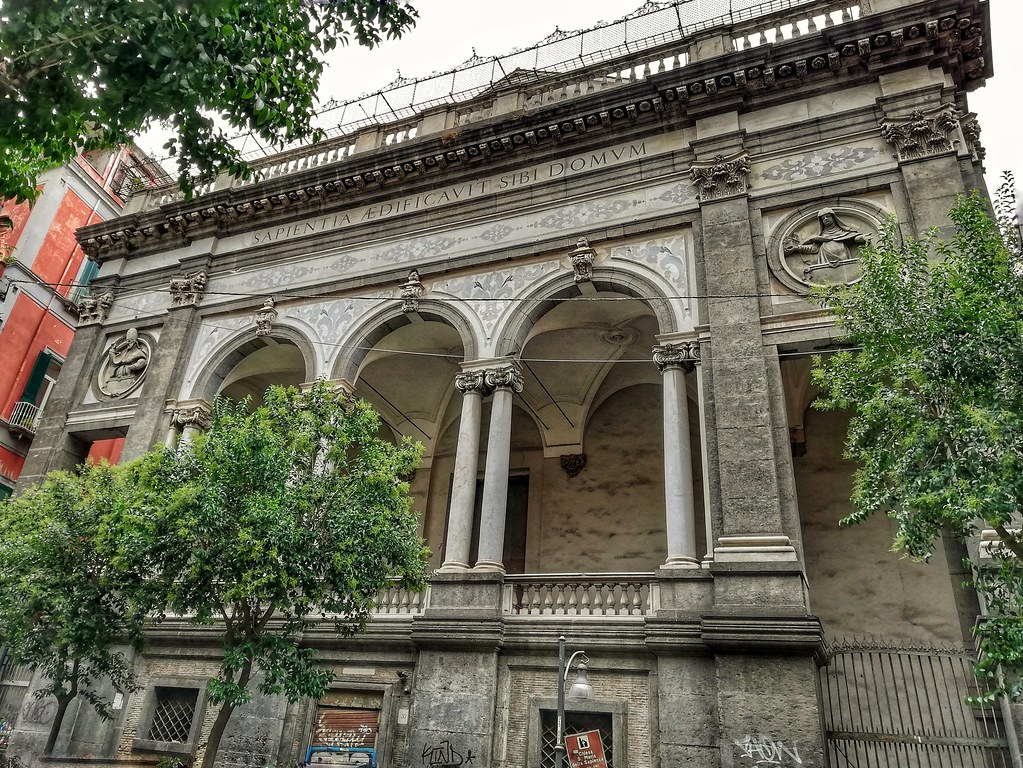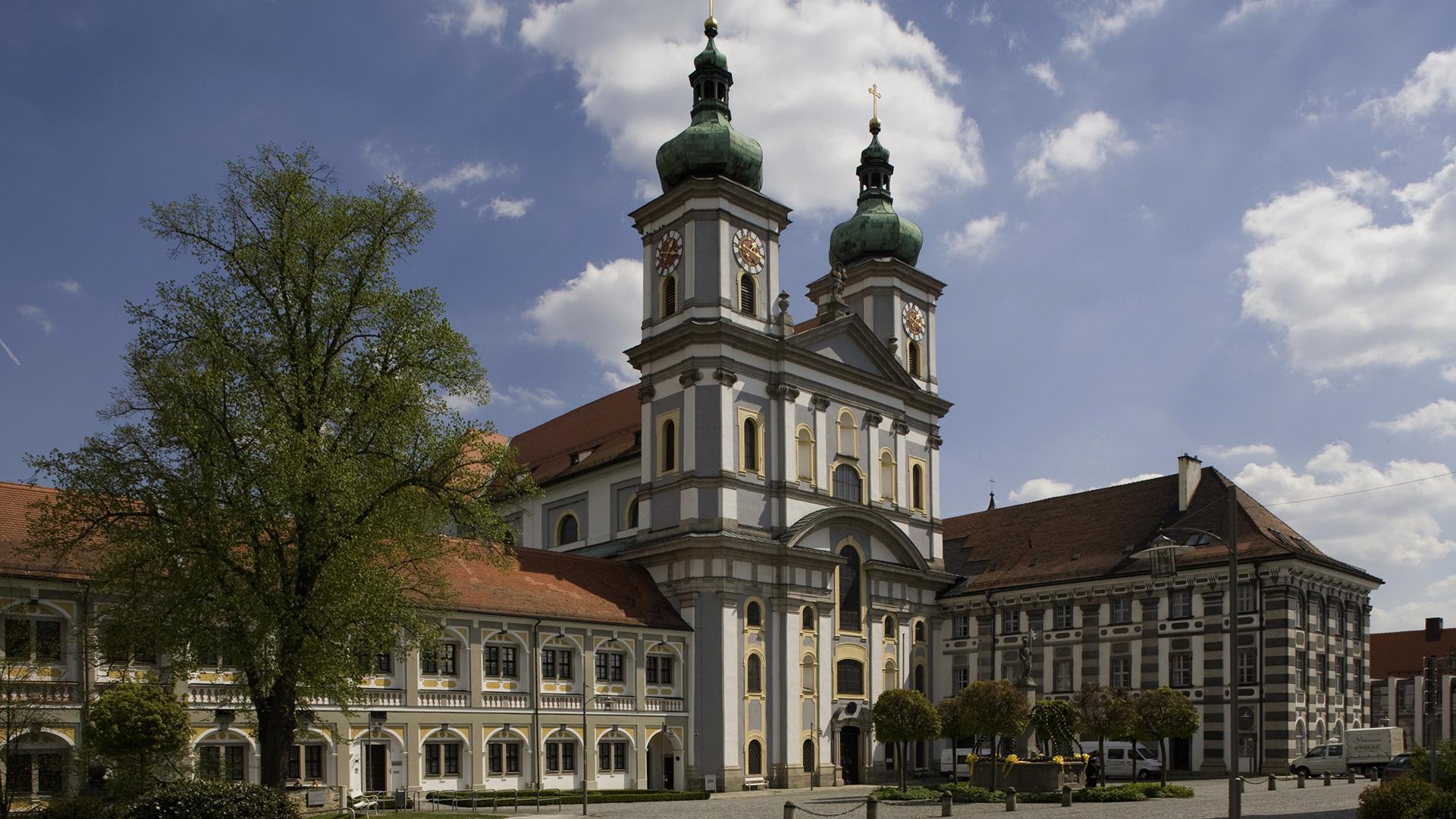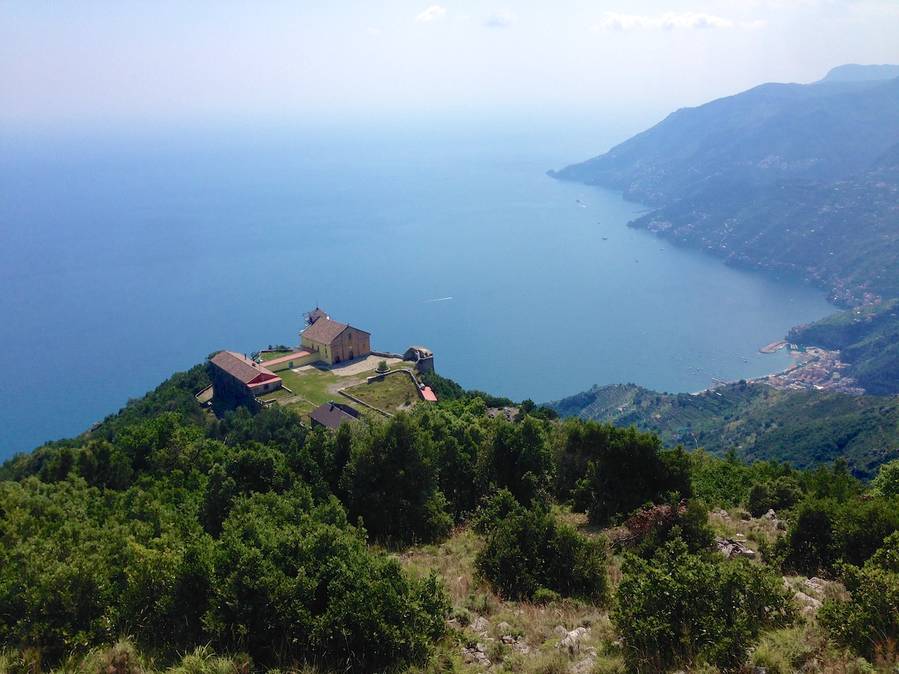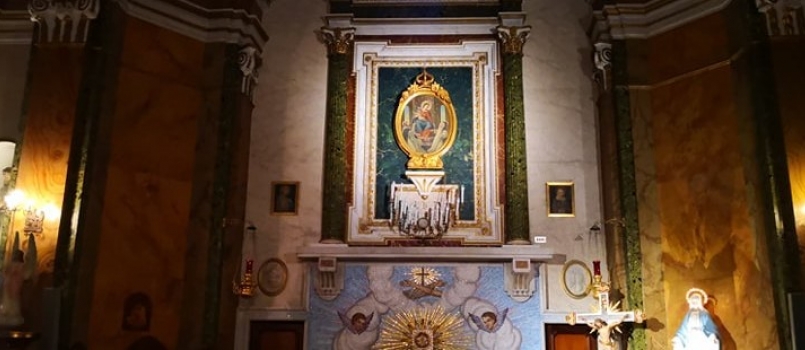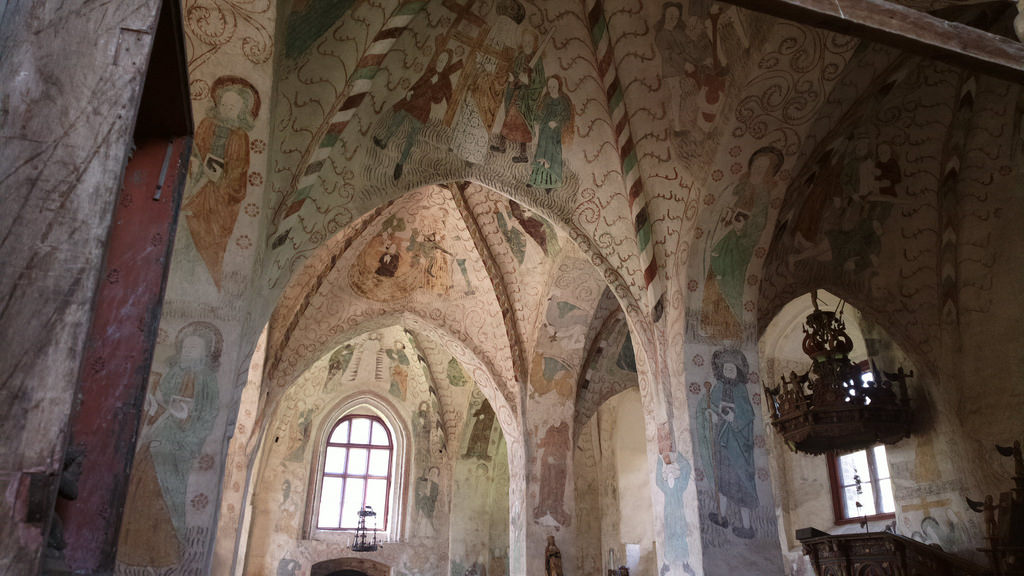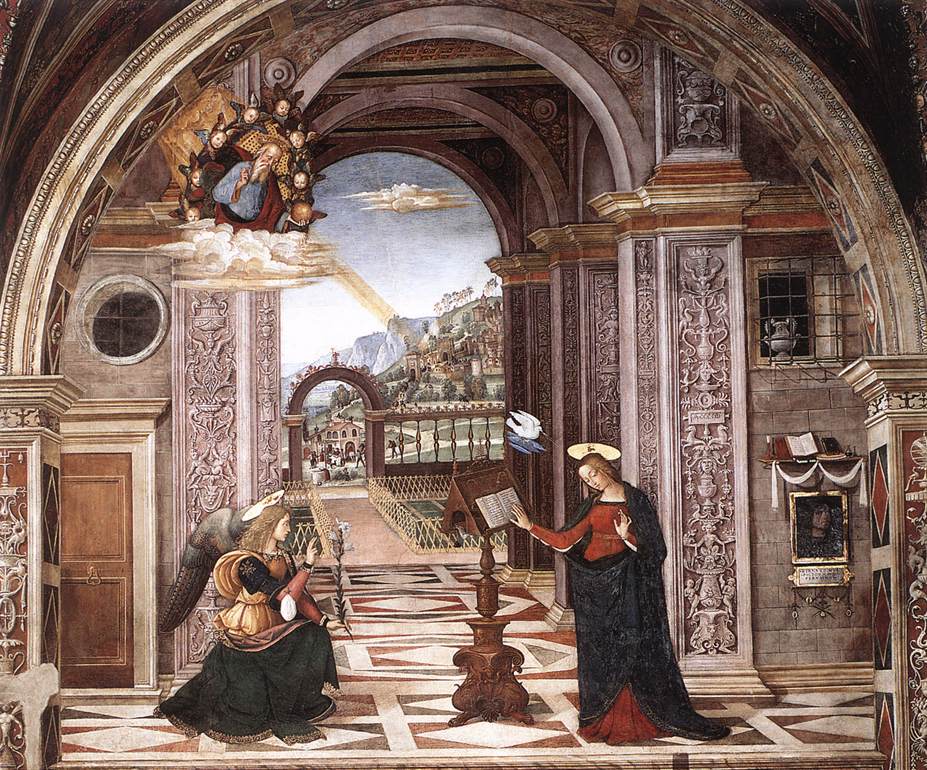The Church of S. Maria della Sapienza, belonged to one of the most important monasteries of the city, where in the early ‘500 (1519), was established a convent of Poor Clares, which became increasingly rich and was suppressed only in ‘800 (1886).
In the seventeenth century, the commissions commissioned by the nuns made the church one of the most important sanctuaries of Neapolitan Baroque, with the majestic high altar in polychrome marble and clerks.
The works for the construction of the church began in 1625 thanks to the project of the architect Francesco Grimaldi and ended with the inauguration in 1641 and the consecration in 1649. At first, they were entrusted to Giovan Giacomo di Conforto who then, in 1630, left the direction of the building site to the engineer Orazio Gisolfo. From this moment on, many architects participated in the construction of the church, including Cosimo Fanzago and Dioniso Lazzari. According to some sources, the former designed the entire façade, while the latter designed the decorations with white marble; other scholars, however, believe that it was Di Conforto himself who designed the façade.
Between 1634 and 1535, however, work began to equip the structure with a dome and a bell tower. The first was also built with the help of Giacomo Lazzari who created a lantern, later frescoed by Belisario Corenzio.
In 1886, the mayor of Naples, Luigi Miraglia, decided to demolish the monastery to build a University Hospital. Despite the rebellion of the intellectual environment of the time, unfortunately, the project was implemented and of the whole complex remains only the church. The interior of the church has a single nave with side chapels, whose marble decorations are mainly the work of Dionisio Lazzari. The same artist is the author of the flooring, in white marble and blackboard stone from Genoa, and of the nuns’ choir, composed of octagons made with the same materials.
The frescoes in the vault and apse are by Cesare Fracanzano, while the two angels on the tympanum are by Paolo Benaglia.
Many artists have left their own testimony inside the building or with works now preserved elsewhere. In addition to those already mentioned above, we can remember: Donato Peri and Domenico Novellone for the stuccoes, in the chapels Girolamo Imparato, Giovanni Azzolino, Giovanni Ricca, Micco Spadaro, Carlo Rosa, Bernardo Lama, Giacinto De Popoli, Marco di Notarnicola, Giuseppe Marullo. Bernardo Cavallino , Andrea Vaccaro, the Dutch painter Dik Hendricksz (known as Teodoro d’Errico) and Errico de Somer.On the right side of the building we find the Chapel of the Holy Stairs which, in the past, was used only for the penance of the religious. The name comes from the staircase that Jesus, bleeding after the scourging, walked up to Pilate.
